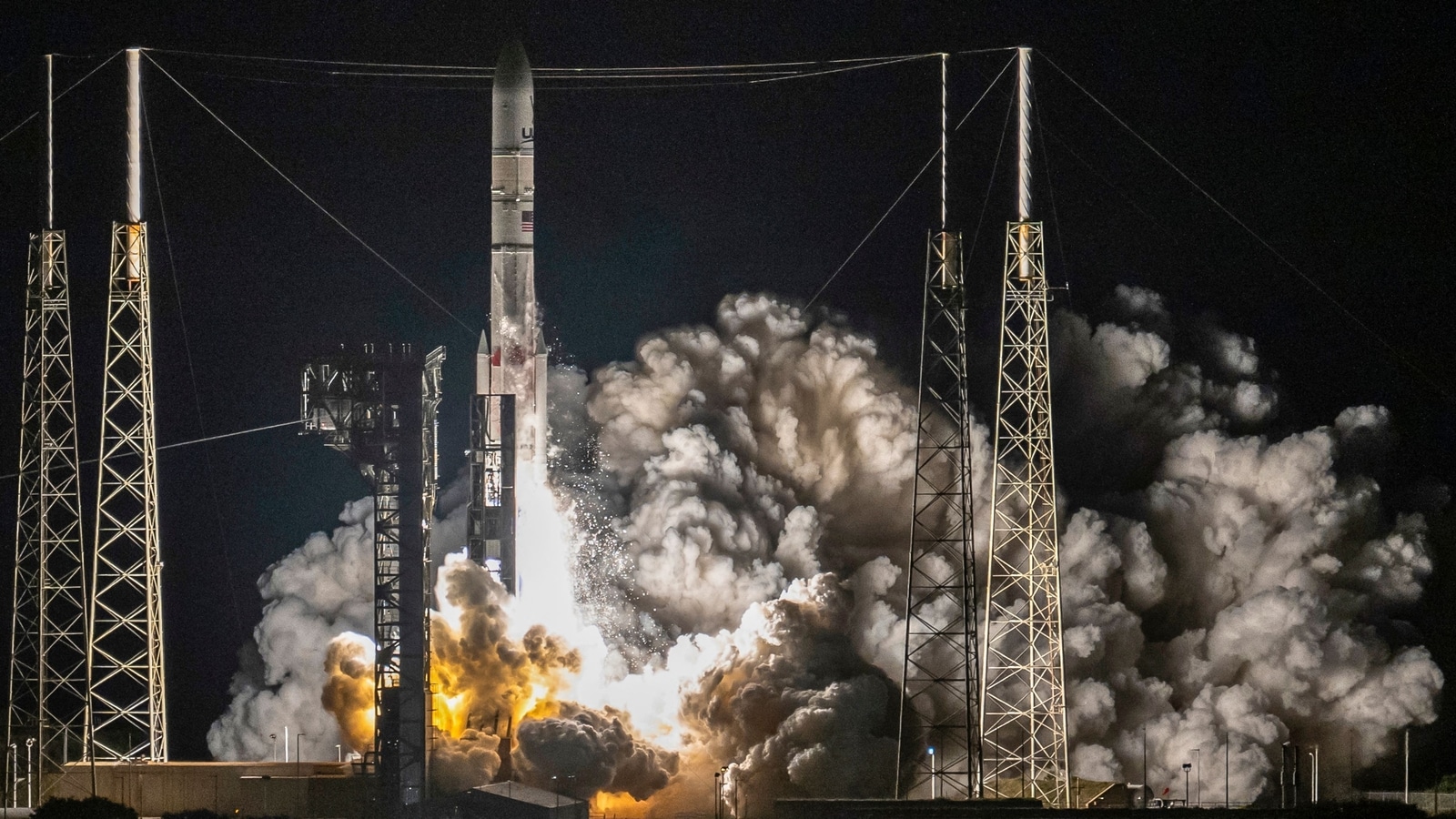
When the first US-made moon lander launched in more than 50 years experienced a critical failure shortly after reaching space on Monday, the news was initially a shock. But NASA was prepared. The Peregrine lander, built by a Pittsburgh-based startup called Astrobotic, had barely been deployed into orbit before it suffered an apparent propulsion error, causing it to leak propellant into space. After a day, the company said there was no chance the spacecraft would reach the moon.
NASA actually anticipated a few low-stakes mishaps like this while carrying out its moonshot strategy, drawing inspiration from Elon Musk's SpaceX and Wall Street. The agency's grander plan is to send humans back to the moon some time this decade.
We are now on WhatsApp. Click to join.
Astrobotic's Peregrine lander was created in partnership with NASA's CLPS (pronounced “Clips”) program, which stands for Commercial Lunar Payload Services. The idea of the program is to help foster development of privately made lunar landers that can carry NASA payloads, while accepting that some partners get further than others.
“Unlike other NASA programs, if there's a failure in this program, it's not a total loss,” Jim Bridenstine, the former administrator for NASA who oversaw the creation of CLPS, said before Astrobotic's launch. “We modeled this after venture capital.”
NASA has increasingly embraced this type of framework since the turn of the century. The thinking goes: Partially fund the development of a company's hardware, then buy rides or services when the hardware's complete.
That stands in contrast to the way NASA used to do things. For years, if the space agency wanted something made, it usually funded and oversaw the entirety of a vehicle's development. That path was typically slow and expensive.
As part of the CLPS program, NASA gave Astrobotic some starter capital and shared expertise with the company, though mostly let the company build Peregrine as it saw fit. To speed things up, NASA also selected multiple companies to make landers, creating a race to become the first private US company to land on the moon.
“Those operators, they have to go raise private capital; they need to get customers that are not NASA and they have to compete against each other on cost and innovation,” Bridenstine, now an independent consultant and member of Viasat's board of directors, said.
NASA knew some companies wouldn't even make it as far as Astrobotic did.
“The idea is not perfection,” Bridenstine said. “The idea is: How fast can we go? It's kind of a lesson that we learned from SpaceX, to be quite honest.”
SpaceX launches new test rockets accepting they might explode or fail midflight, so engineers get flight experience quickly. It's one reason why SpaceX can move through development more rapidly than NASA and other companies that are more reluctant to “fail” in public.
Explosions and glitches still have consequences. NASA put $108 million of taxpayer funds into the development of the Astrobotic mission, more than the initial contract of $79.5 million when the company was first selected for CLPS. Additionally, the agency had five lunar payloads on Peregrine that won't get to see the lunar surface now.
Separately, NASA does not have tolerance like this for failures on crewed missions. It can only be more accepting of mishaps during development tests or when no human lives are at stake.
“We designed this program knowing that there was going to be failure,” Bridenstine said.
There was a small bit of good news on Thursday, too. Despite not reaching the moon, Astrobotic announced that it had received data from nine of the payloads it was carrying on the lander, proving that they can function in space.
A second CLPS company, Houston-based Intuitive Machines, is set to launch its lunar lander on a SpaceX Falcon 9 rocket as early as mid-February. So there's still a chance companies tied to the program can successfully complete their missions.
https://news.google.com/rss/articles/CBMiiQFodHRwczovL3RlY2guaGluZHVzdGFudGltZXMuY29tL3RlY2gvbmV3cy9pbnNwaXJlZC1ieS1lbG9uLW11c2stbGVkLXNwYWNleC1uYXNhLWJ1aWx0LW1pc3N0ZXBzLWludG8tbW9vbnNob3Qtc3RyYXRlZ3ktNzE3MDUxNjg0NDU4ODUuaHRtbNIBjQFodHRwczovL3RlY2guaGluZHVzdGFudGltZXMuY29tL2FtcC90ZWNoL25ld3MvaW5zcGlyZWQtYnktZWxvbi1tdXNrLWxlZC1zcGFjZXgtbmFzYS1idWlsdC1taXNzdGVwcy1pbnRvLW1vb25zaG90LXN0cmF0ZWd5LTcxNzA1MTY4NDQ1ODg1Lmh0bWw?oc=5
2024-01-14 04:02:42Z
CBMiiQFodHRwczovL3RlY2guaGluZHVzdGFudGltZXMuY29tL3RlY2gvbmV3cy9pbnNwaXJlZC1ieS1lbG9uLW11c2stbGVkLXNwYWNleC1uYXNhLWJ1aWx0LW1pc3N0ZXBzLWludG8tbW9vbnNob3Qtc3RyYXRlZ3ktNzE3MDUxNjg0NDU4ODUuaHRtbNIBjQFodHRwczovL3RlY2guaGluZHVzdGFudGltZXMuY29tL2FtcC90ZWNoL25ld3MvaW5zcGlyZWQtYnktZWxvbi1tdXNrLWxlZC1zcGFjZXgtbmFzYS1idWlsdC1taXNzdGVwcy1pbnRvLW1vb25zaG90LXN0cmF0ZWd5LTcxNzA1MTY4NDQ1ODg1Lmh0bWw
Tidak ada komentar:
Posting Komentar